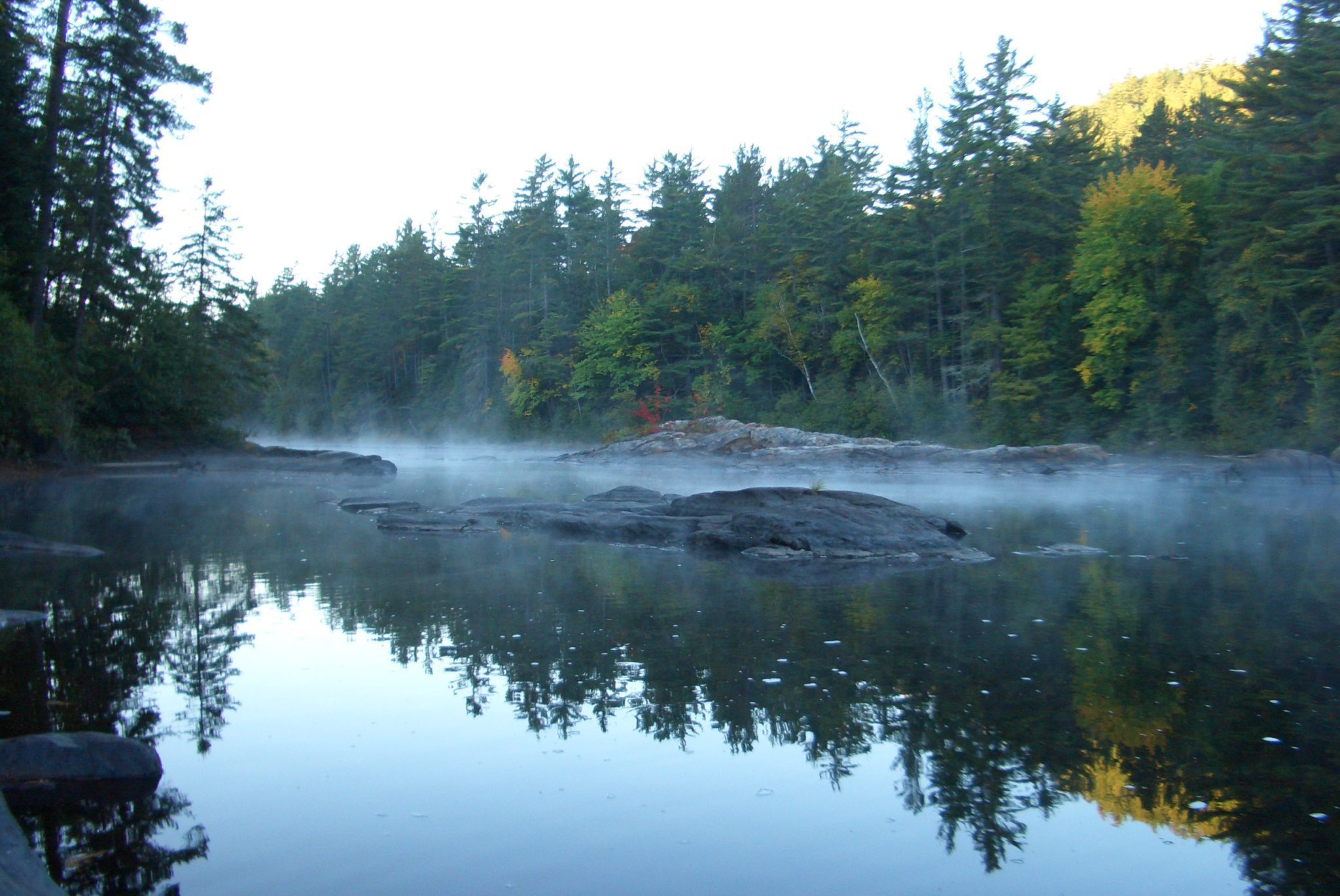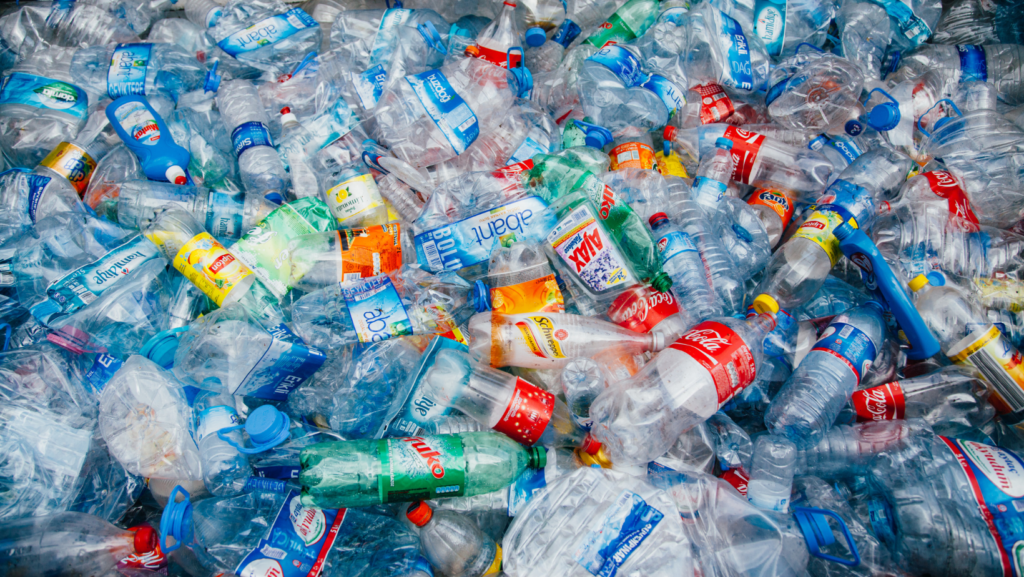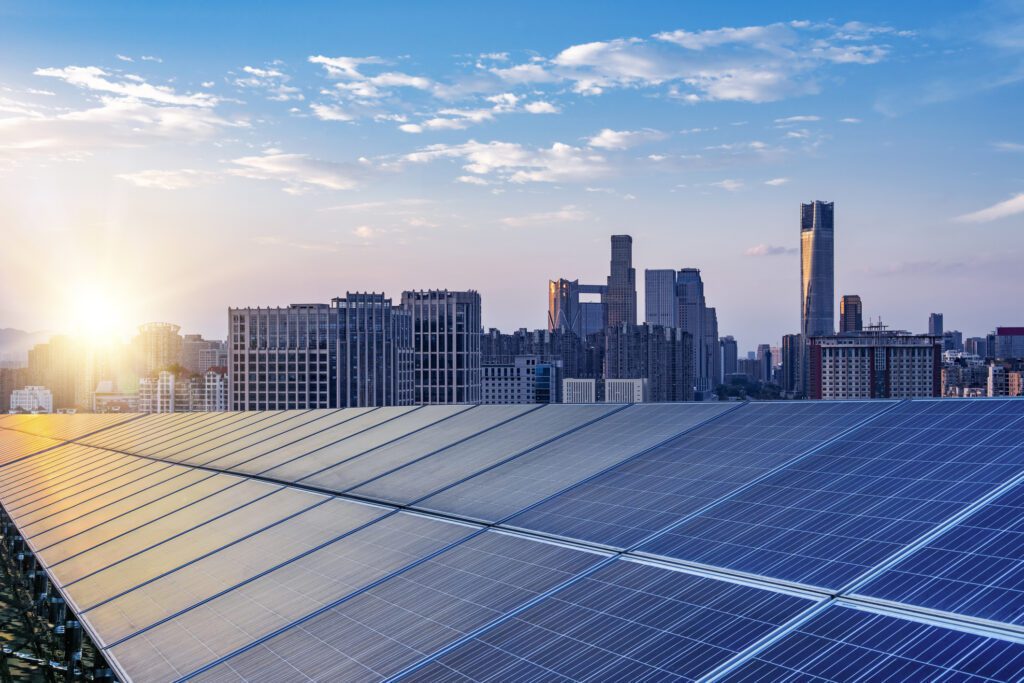2024 had some bumps in the road for environmental protection. Attacks on nature, clean energy, and livable communities filled the headlines. But what about for 2025? Can we secure a better future despite the regressive forces out there that want to drag us all down?
We are committed to trying, and history shows that together we can succeed. Let’s take a look at some key issues and explore how we can work together to create a better 2025.
Creating Livable Communities
The proportion of people that live in cities has increased dramatically around the world. Nowhere is this more true than in Canada where three quarters of people now live in places with more than 100,000 residents. This means that urban issues are front and centre for most Canadians, and making progress there matters a lot. The way we get around, where and what kind of places we live in, and how we heat and cool our homes are going to be key to our quality of life and the health of our environment this year.
We travel mostly by car here in Canada, and we know that more cars on the road means more time spent stuck in traffic. Adding more highways doesn’t solve this problem: it just means even more gridlock. Everyone will get where they’re going faster if we can get more people out of their cars and on to public transit, bikes, and walking paths.
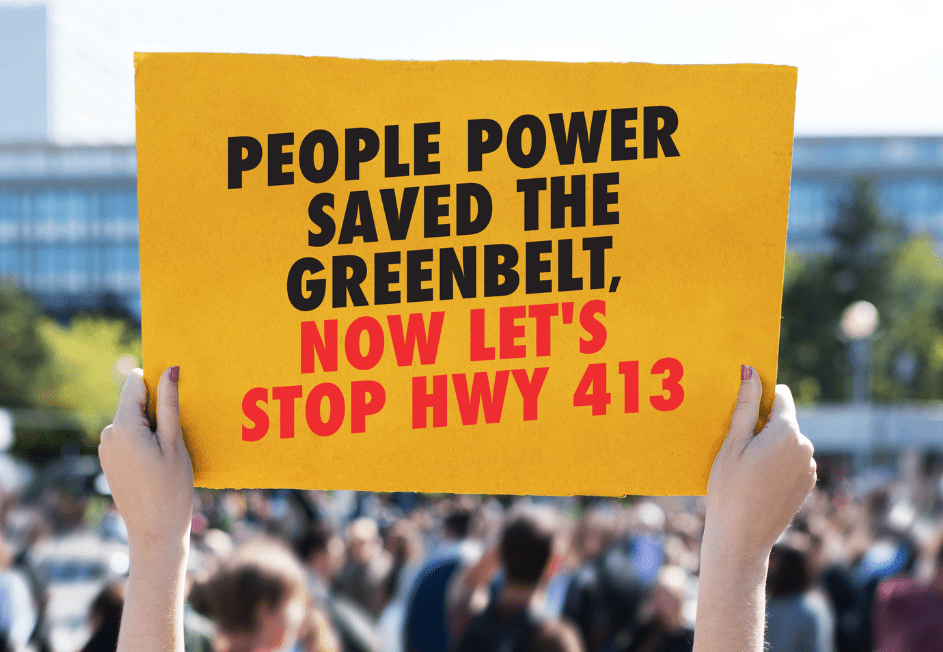
We will keep working with all of you to stop new gridlock-enabling mega highways and instead ensure that public funds are invested in better public transport. Together, we can demand new bus and rail lines and more funding to make our existing transit systems run frequently enough to offer people viable ways to get around.
We’re also acutely aware of the fact that buying or renting a home has never been more expensive. In 2025, we urgently need new solutions to this crisis. Large homes built far from cities on farmland, wetlands and in forests are expensive and force residents to use a car for all of their daily needs. Building more of this type of housing is not an affordable solution. That’s why we will be working hard with our partners to ensure our new Midrise Manual helps break down the barriers to building more affordable housing in the neighbourhoods where people want to live and where services like transit, schools, work and shopping are readily available. Progress is happening in Toronto and in other cities as well. Let’s keep the momentum going in 2025.
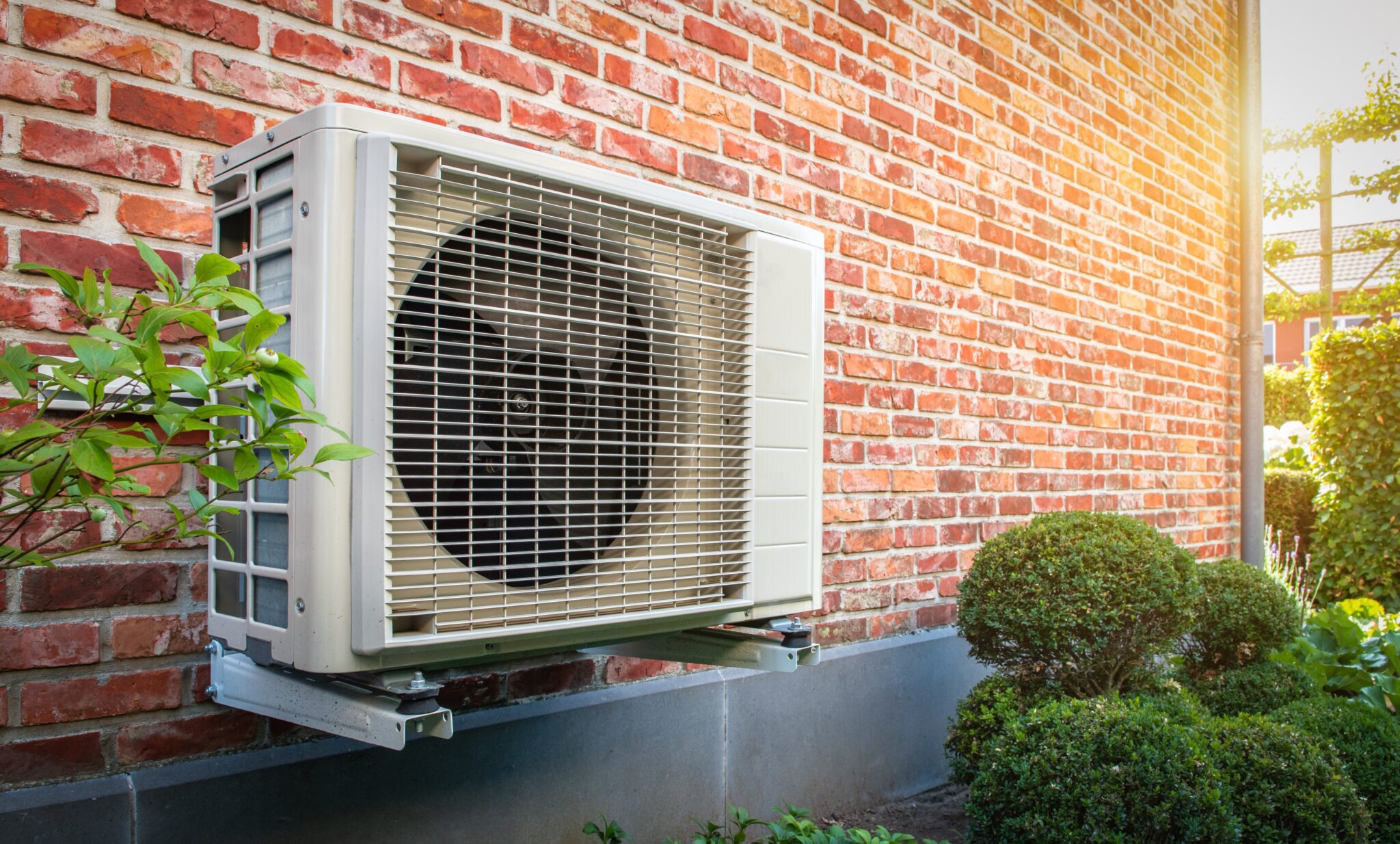
Speaking of homes, heating and cooling a home in Canada where we see 50 degree temperature swings over the course of the year requires lots of energy. The world is moving away from fossil fuels in favour of things like new and improved heat pumps and renewable energy sources. Heat pumps can now be used in most of the country all year round and replace more expensive, polluting and dangerous gas and oil. Solar and wind energy has become much cheaper and solar is now the cheapest source of electricity on the planet. Environmental Defence will be working to ensure that people in Canada can choose cheaper and non-polluting energy sources, that home owners and renters can install and benefit from clean energy and that new buildings in our cities do not get built with antiquated fossil fuel hook-ups. Vancouver has done this and many other Canadian cities could follow.
We also know that a big part of living well in our cities depends on how we use and dispose of the products that we buy. Environmental Defence will be working to increase the amount of returnable, re-usable packaging so we have less plastic and other garbage. While we’re at it, we’ll also be vying to get toxic chemicals out of our consumer products and foods, making us all healthier while ensuring the safety of the broader ecosystem and our food supply.
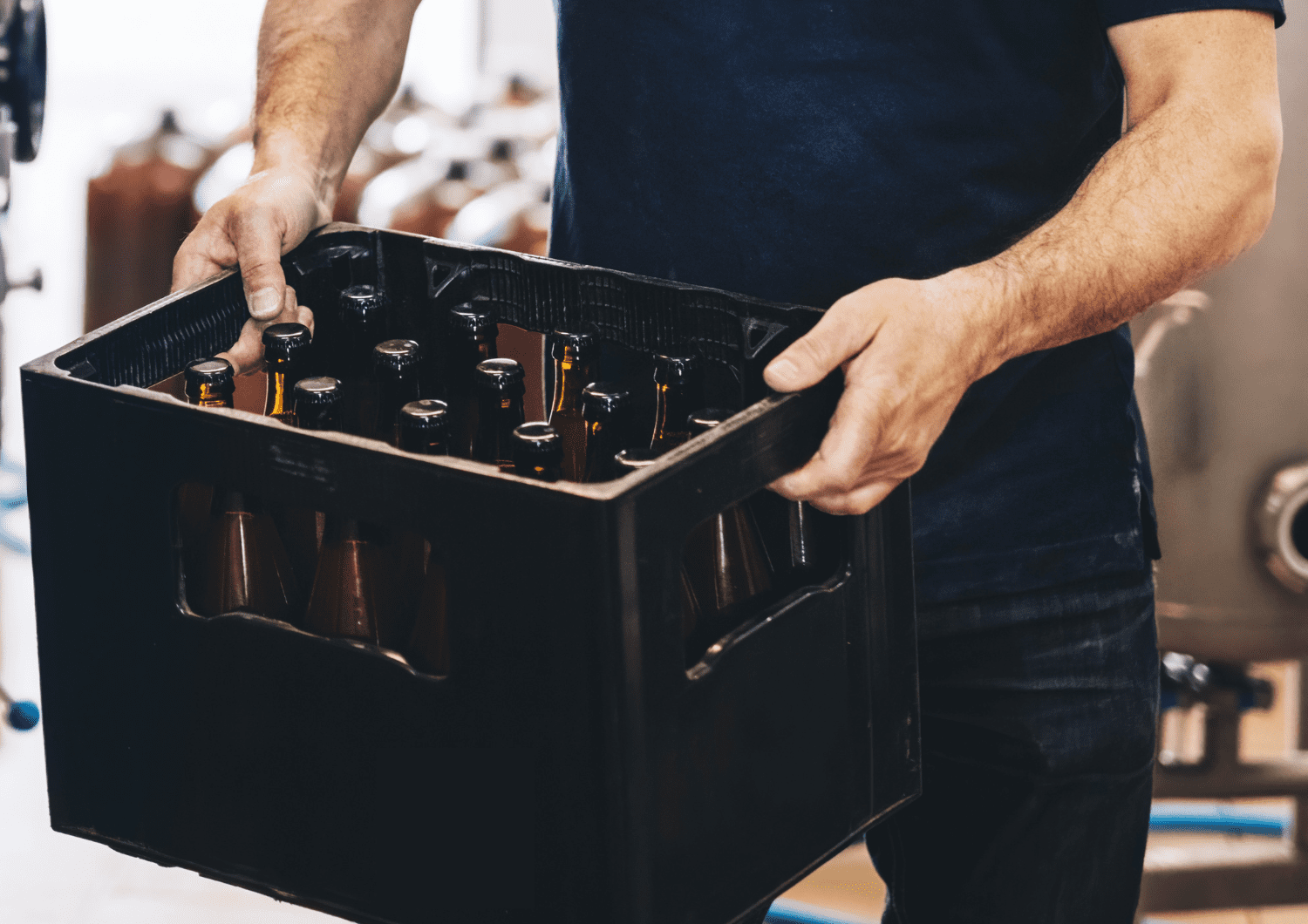
Protecting Nature
As we mentioned, Southern Ontario has a sprawl problem. But this problem doesn’t just exacerbate the cost of housing — it’s also causing a rapid loss of farms, forests and wetlands. With this loss goes flood protection, air pollution removal, plants and animals (including some of the most rare and endangered), food production, and recreational opportunities. We will continue to push for government policy that reigns in sprawl and focuses growth inside of towns and cities. We will also work with all of you to have your voice heard in your community to ensure that high value areas like wetlands are protected and farmlands protected for future generations.
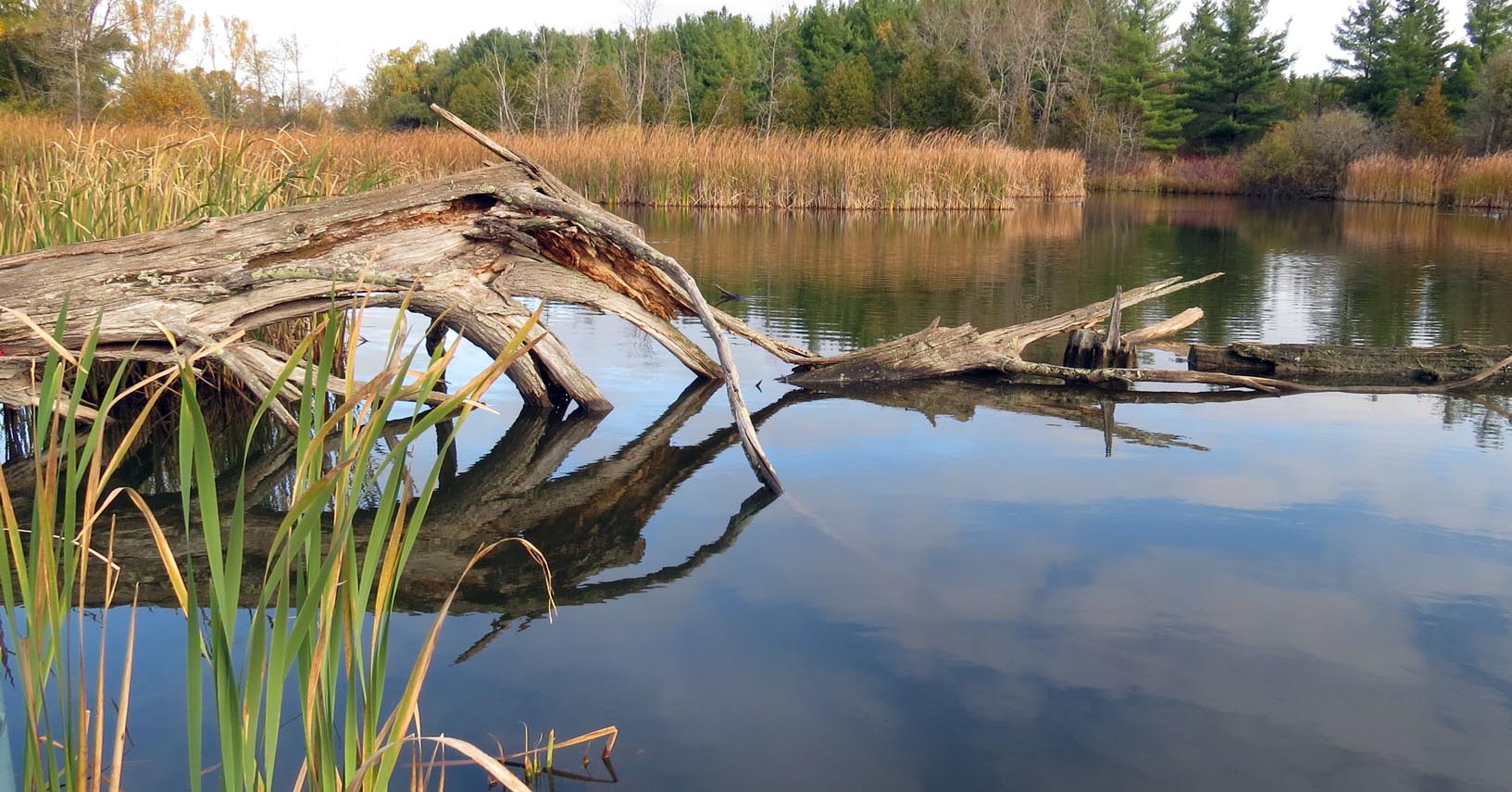
Building a Clean Energy future
Nearly 85% of Canada’s electricity comes from non-carbon polluting sources. That means that getting to 100% and also increasing the supply that will be needed to get rid of fossil fueled transportation (both here in Canada and also for our neighbours in the U.S.) should be easier for us than other countries. The rapidly falling prices and greater efficiencies of solar and wind power should make the switching and growth even easier. The electrification revolution is accelerating globally and Canada’s revenue from oil will be threatened by declining demand as electric vehicles come to dominate the market. We need only to look to China to see this happening quickly. In the second half of 2024, 50% of new car sales in China were battery powered and oil demand is predicted to decline starting in just a couple of years. Environmental Defence’s team will be working in Alberta, Ontario and at the federal level to ensure that the electrification of our economy proceeds as quickly as possible and that the fossil fuel industry is not permitted to block this transition by using its influence on politicians. This will require key reforms in Canada’s investment rules, new restrictions on oil and gas pollution and support for workers who need to thrive in a rapidly changing energy marketplace.
If we continue to work together, cleaner energy, livable communities and abundant nature can be part of a better future for Canada. Your voice matters. We hope you will add yours to the fight this year. Together, we will make 2025 a year to remember and celebrate.




